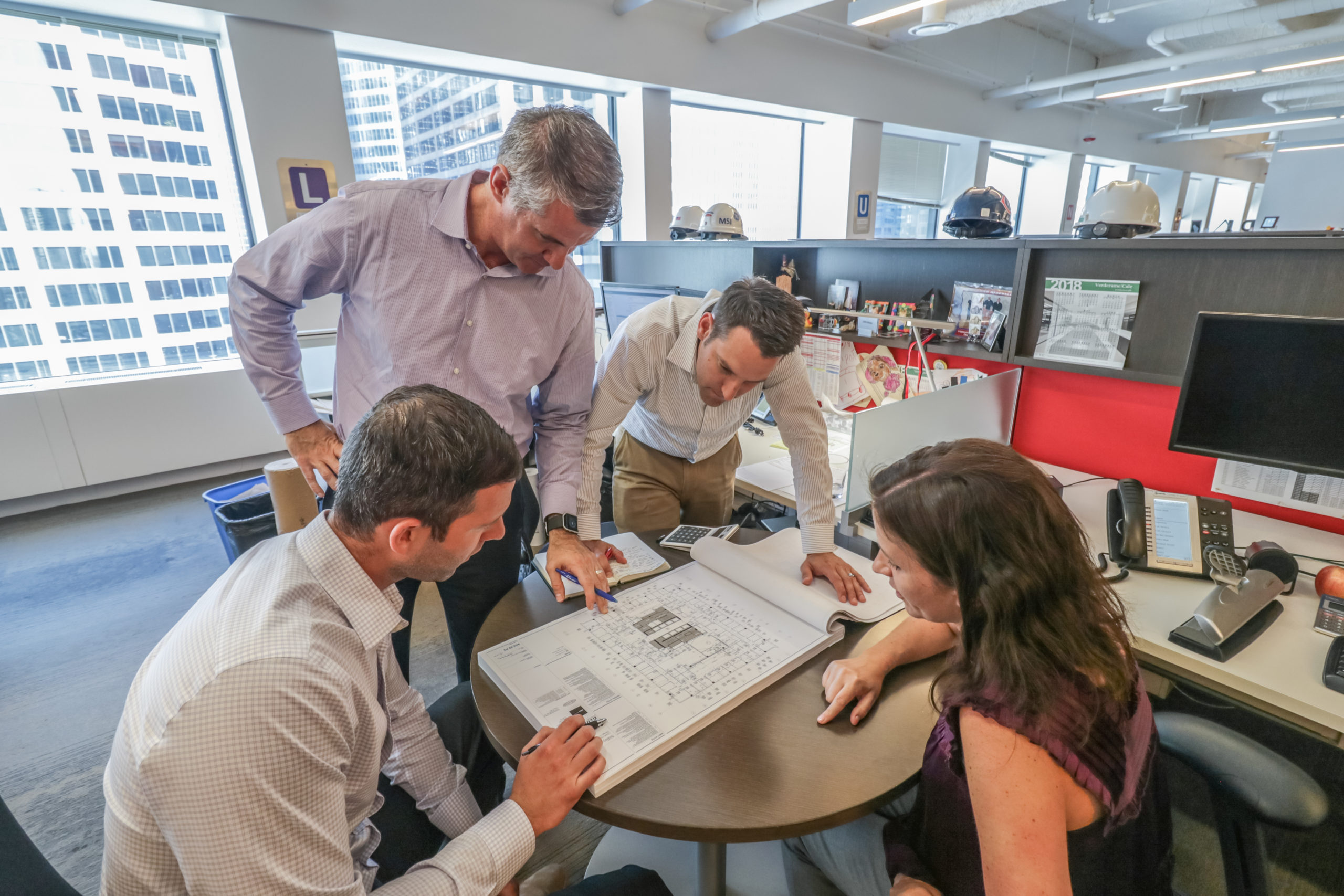02 September 2019
Value Added, Not Value Engineering


How to Set the Table for a Successful Project
By: Andy Holub, Vice President, Pre-Construction
As a pre-construction minded individual, I am not a fan of the term “value engineering”. This term makes me think the pre-construction process did not head in the right direction. I believe the key to a successful project is set-up that does not need value engineering down the road. In other terms, if you plan the menu ahead and provide great service you will most likely have happy customers. So, below are some menu items I consider keys to a successful pre-construction process that add value throughout, so you don’t have to value engineer later.
Site Considerations
It is critical that the client considers many aspects during site selection before starting design/construction, so there are no last minute changes or buyer’s remorse at the end of a job. When it comes to site selection, there are multiple things to consider and prioritize – How close is the office to public transportation or entertainment? Is there natural light? What’s the view like? A client should also consider what “perks” a building offers and how that can create a work-life balance for their employees. A big factor for modern employees are amenities – food courts, fitness centers, lounges, co-working areas, etc. If the building does not have these spaces, you should consider folding them into the design. A client spends a lot of time and money training their employees; they should make sure they have an environment that retains those employees. Saving a few short-term dollars in rent or design may not be the best long-term financial decision.
Manage Expectations
Immediately after award, it is important for the GC to meet with the team and create buckets of ideas to isolate the “untouchable” design elements from elements that are open for change. You need to understand what is important to the clients so you do not eliminate or change the details they really want or like. Additionally, you need to understand the design intent from the architects and engineers. A suggestion would be to have a short presentation with the client, design team, general contractor, and even subcontractors if possible, so everyone knows the end goal before considering any design or cost-effective changes. Get everyone on the same page.
Quality Control and Functionality
In order to ensure high-quality production, there are a few key steps to consider – that will take some time up front – but will help everyone in the end. First, page turn the documents with the entire team. Do this multiple times if time allows. Make sure everyone understands what is being drawn and priced; take time to explain things. Next, review the budget detail with the entire team. This will assure the client, architect, engineer, contractor and vendors have all had a chance to provide their input and completely understand the package. Lastly, challenge the operation and maintenance of the final design. Ask things like, “How will I change that light above the slat ceiling?” or “How do I access that piece of equipment?” Asking these types of questions early will save money and headaches in the end.
Mockups
Spend some money on up-front to save money in the long run. Most clients are not part of the construction industry and cannot easily visualize how things will look together or operate. Mockups can be used to better understand color palettes, scale, & details before a client makes a long-term investment. Mockups of details with low-budget materials like wood, foam or cardboard can provide a sense of scale and allow the clients facilities team to understand how things will operate.
Quick Problem Solving
When a contractor brings an idea to the table, they should also present the associated pricing and schedule impact. A less expensive product may have a longer lead-time, which in turn can create a new cost concern – possible schedule delays or overtime; therefore a cheaper price tag is not necessarily a cheaper option. Designers should also come to the table with an open mind and willingness to consider alternate ideas. Small, subtle detail changes or substitutions can often help the budget while maintaining the integrity of the design. Lastly, the client needs to make quick decisions. A prolonged approval process can extend or jeopardize the schedule. Time is money.
In summary, this all sounds basic, but we live in a fast-paced world and simple things are often overlooked. Understand your tasks, goals, and expectations and the time to review & re-review so you can make well-informed quick decisions. You can prepare the best steak in the world but if you forget the fork and knife it’s going to be messy in the end.
About the Author
Andy Holub is currently the Director of Pre-Construction and Special Services at Clune Construction. Before joining Clune, he worked in project management for 13 years and architecture for 8 years. He has a wide range of industry experience and has culminated that all into being an effective pre-construction manager. Andy lives in Chicago’s Irving Park neighborhood and his family enjoys being an active part of their community.
